Non-Mendelian Genetics Study Guide
Introduction
Non-Mendelian inheritance does not follow the traits or patterns described in Mendel’s laws. Research has led to the understanding that there are just more than simple dominant or recessive traits. For instance, the human eye comes in many colors. So what gives the eyes so many colors? This form of genetic inheritance follows the non-Mendelian patterns of inheritance. So, let’s learn more about non-Mendelian genetics.
Non-Mendelian Inheritance
- The inheritance of the character is not simple, as was studied by Mendel in his pea plant experiment. Every characteristic investigated by Mendel was controlled by just one gene with two different possible alleles. One of them was more dominant than the other. This led to two phenotypes for every characteristic.
- Each of the characteristics that Mendel studied was controlled by a gene present on a different chromosome. This is why each characteristic got inherited independently of the other characteristic, and inheritance is thus much more complicated.
- The characteristics could be controlled by one gene that has two alleles. The two alleles may have a varied relationship compared to the single relationship of dominant and recessive.
- The two alleles may have a codominant or an incompletely dominant relation.
Types of non-mendelian inheritance and deviations from Mendel’s model of the inheritance of traits
Codominance
- Codominance happens when both the alleles get expressed equally in the heterozygote phenotype.
- The phenotype of the offspring is a combination of the phenotype of the parents. Thus, the trait is neither dominant nor recessive.
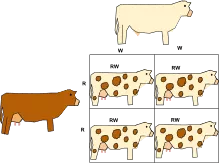
Incomplete Dominance
- Incomplete dominance happens when the heterozygote phenotype is somewhere between the parents’ phenotype.
- This does not cause a totally dominant allele.
- The genotype of an organism that has incomplete dominance can be described through this phenotype.
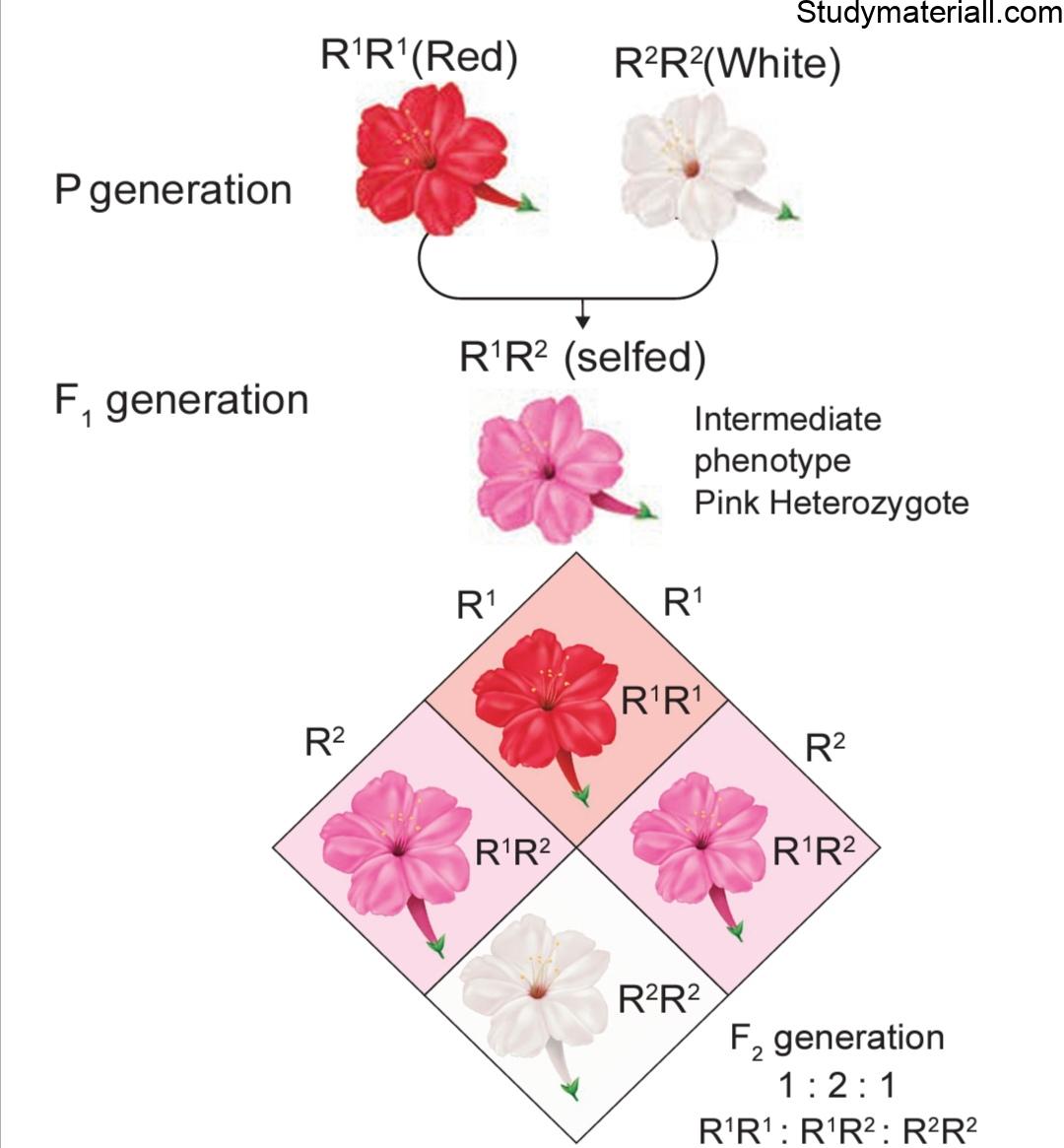
Multiple Alleles
- Many genes have multiple alleles.
- This is like the AO blood type.
- Three alleles are common for this gene and control the characteristics.
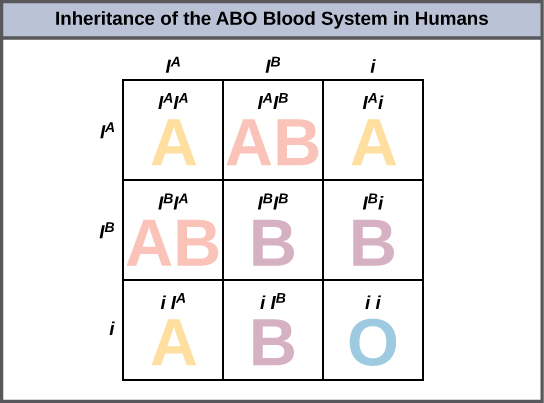
Polygenic Traits

- The polygenic trait is a non-Mendelian trait that is controlled by more than a single gene, and every gene may have two or more than two alleles.
- The genes could be on the same or non-homologous chromosomes.
- If the genes are present close on the same chromosome, then these are inherited together in most cases. They may, however, be separated by crossing over in meiosis. Here they could be inherited independently of one another.
- If the genes are non-homologous chromosomes, these could be recombined in several ways because of their independent assortment.
- The inheritance of the polygenic trait is thus complicated. Such cases have several possible phenotypes, and skin and eye color are examples of polygenic traits in human beings.
Polygenic Inheritance
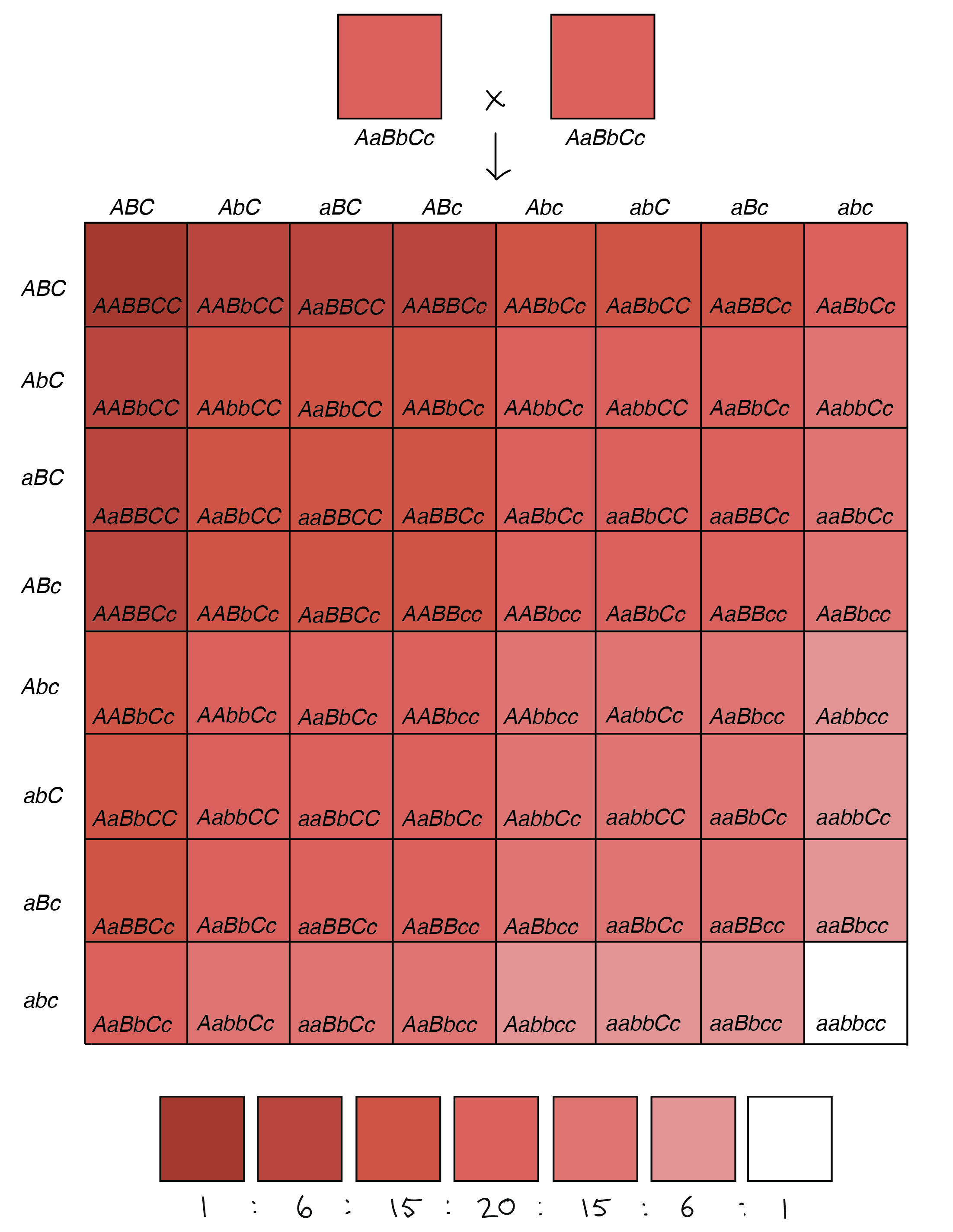
- There are certain traits that more than a single gene controls.
- For example, height in humans is controlled by over 400 genes.
Lethality due to alleles
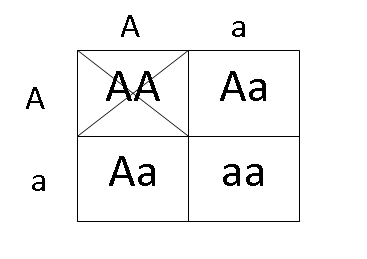
- An allele which has the potential to cause the death of an organism is called a lethal allele.
- They are found in the recessive and dominant forms.
- An inheritance pattern in which an allele is only lethal in the homozygous form and in which the heterozygote may be normal or have some altered non-lethal phenotype is referred to as recessive lethal.
- The dominant lethal inheritance pattern is one in which an allele is lethal both in the homozygote and the heterozygote.
- If a dominant lethal allele lets a person survive to reproductive age as in the case in Huntington’s disease, it may even be passed on to the children.
Extranuclear Inheritance
- Extranuclear inheritance involes the transmission of genes that occur in cytoplasmic organelles such as mitochondria and not the nucleus.
- Mitochondrial inheritance is where some mitochondrial DNA gets passed from the mother to the baby.
- It can happen from chloroplast too though it is the mitochondria in most cases.
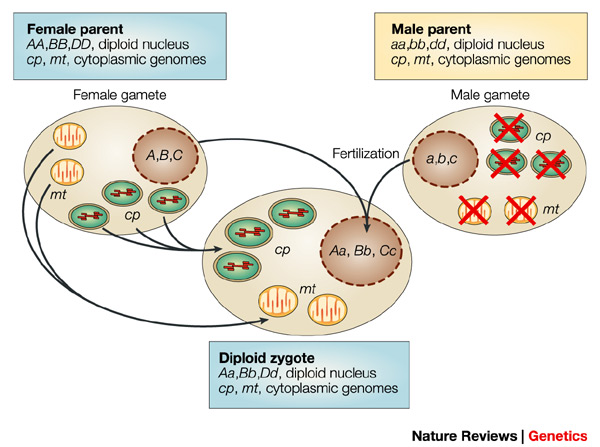
Gender-linked Inheritance
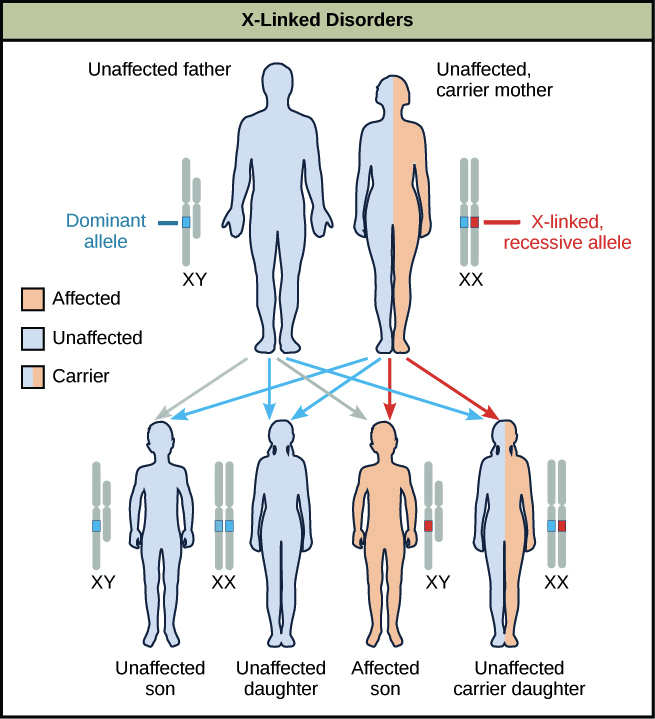
- In this kind of non-Mendelian inheritance, certain traits in the individual are related to gender.
- Certain disorders like hemophilia and color blindness are gender and genetic-related.
Conclusion:
- The non-Mendelian inheritance refers to the trait inheritance with a complicated genetic basis.
- Several multiple allele traits are controlled by a single gene with more than two alleles.
- Codominance happens when two gene alleles are expressed equally in the heterozygotes or phenotype.
- Incomplete dominance is where the dominant allele is not dominant completely to the recessive allele.
- The polygenic traits are controlled by more than a single gene.
- Many traits get affected by the genes as well as the environment.
- Pleiotropy is when the gene will affect more than a single phenotypic trait.
- Epistasis is the condition in which one gene will affect the expression of another gene.
FAQs:
1. What are the 3 types of non-mendelian genetics?
- Inheritance of multiple allele traits
- Traits with codominance or incomplete dominance
- Polygenic traits
2. State an example of a non-Mendelian trait.
Hair color and height
3. What are the 5 types of non-Mendelian inheritance?
- Genetic linkage
- Multiple alleles
- Epistasis
- Sex-linked inheritance
- Extranuclear inheritance
4. What is the major difference between Mendelian and non-Mendelian genetics?
Mendelian inheritance says that a gene is composed of only two alleles. The non-Mendelian inheritance indicates that some traits are governed by several alleles.
5. What is an example of non-Mendelian genetics?
The human blood group is an example of non-Mendelian genetics.
We hope you enjoyed studying this lesson and learned something cool about Non-mendelian Genetics! Join our Discord community to get any questions you may have answered and to engage with other students just like you! Don’t forget to download our App to experience our fun, VR classrooms – we promise, it makes studying much more fun! 😎
]]>